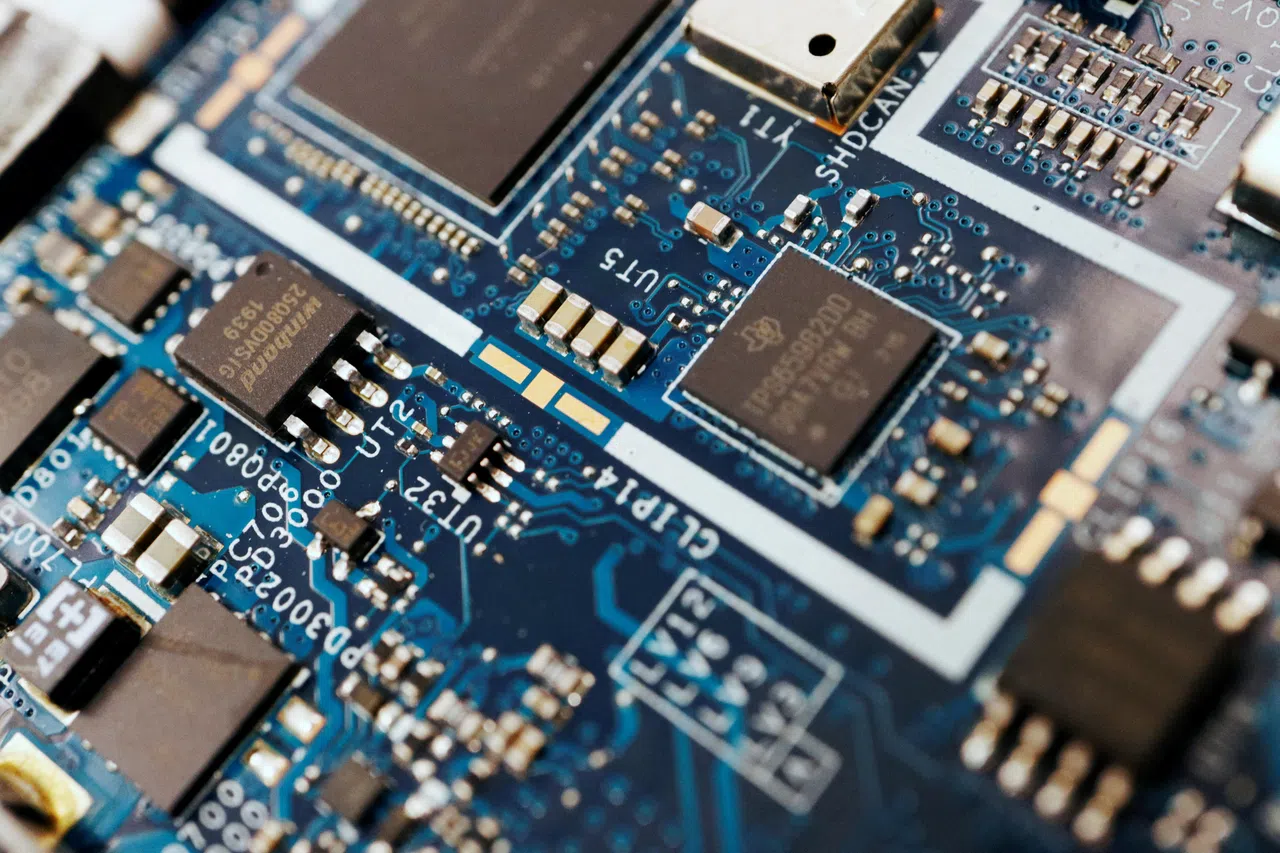[SINGAPORE] The Philadelphia Semiconductor Index (SOX) is a modified capitalisation-weighted index which tracks the performance of US listed equities in the semiconductor sector. The index started the year on the backfoot, with an 8 per cent drawdown year-to-date at the time of writing, underperforming the tech-rich Nasdaq Composite Index which is down 5 per cent year-to-date. Adding to this weakness, the SOX has failed to surpass its July 2024 peak of 5,931 points, and is down 22 per cent from that high.
From a macro perspective, the combination of geopolitical concerns, regulatory scrutiny, and trade policy shifts has contributed to the recent downturn in the semiconductor space.
Firstly, US semiconductor stocks have pulled back as investors remain cautious about the potential impact of China’s low-cost artificial intelligence tool, DeepSeek, which signals the rise of more affordable models using less advanced Nvidia chips – potentially eroding margins for US chipmakers.
Secondly, recent reports indicate that Nvidia’s exports to Singapore are under investigation over concerns that chips may be indirectly reaching China and bypassing the US restrictions. This has fuelled speculation that the Trump administration could toughen semiconductor restrictions on China, expanding the Biden administration’s efforts to limit Beijing’s technological prowess previously.
Thirdly, the semiconductor sector also experienced a decline after President Donald Trump confirmed new tariffs. While Nvidia’s chips are primarily made in Taiwan, some of its sophisticated systems and components are manufactured in other regions, including Mexico and the US. This makes them vulnerable to Trump’s duties imposed on imports from Mexico and Canada.
BT in your inbox
Start and end each day with the latest news stories and analyses delivered straight to your inbox.
From a technical perspective, the SOX broke down an ascending triangle consolidation it had been trading in since July 2024, signalling further downside. In addition, on the weekly timeframe, the price closed below the 50-period simple moving average (SMA) which has acted as a dynamic support since the price recovered above it from January 2023. The last time the price had closed below the 50-period SMA was in February 2022, where the SOX index experienced a 48 per cent drawdown from January 2022 to October 2022. A potential bearish crossover of the 12-SMA under the 50-SMA on the weekly timeframe could also occur soon. Such crossovers typically signal a bullish-to-bearish trend reversal.
Previously in February 2023, the 12-SMA formed a bullish crossover above the 50-SMA, which signalled the start of a bullish trend for the semiconductor sector. Furthermore, the Moving Average Convergence Divergence (MACD) technical indicator displays bearish and decreasing momentum, with the MACD line approaching below zero for the first time since January 2023.
In conclusion, the semiconductor index’s weak start to 2025 is the result of a confluence of factors, including the potential impact from Deepseek, concerns over tougher semiconductor restrictions on China, and policy changes imposed by the Trump administration. Moving forward, we are likely to see further downside for the semiconductor index with the next support levels at 4,300 and 3,875 points.
The writer is research analyst at Phillip Securities Research







